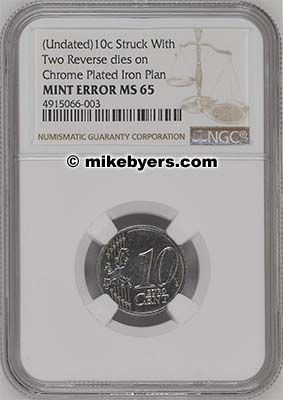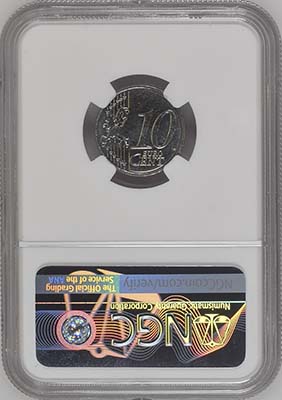1997 Russia 50 Roubles
"TWO-HEADED" & OFF-METAL
(Should Be Struck in Gold and in Proof)
Struck With Two Obverse Dies And
On A Bi-Metallic Planchet
PCGS MS 65
3 Known
SOLD

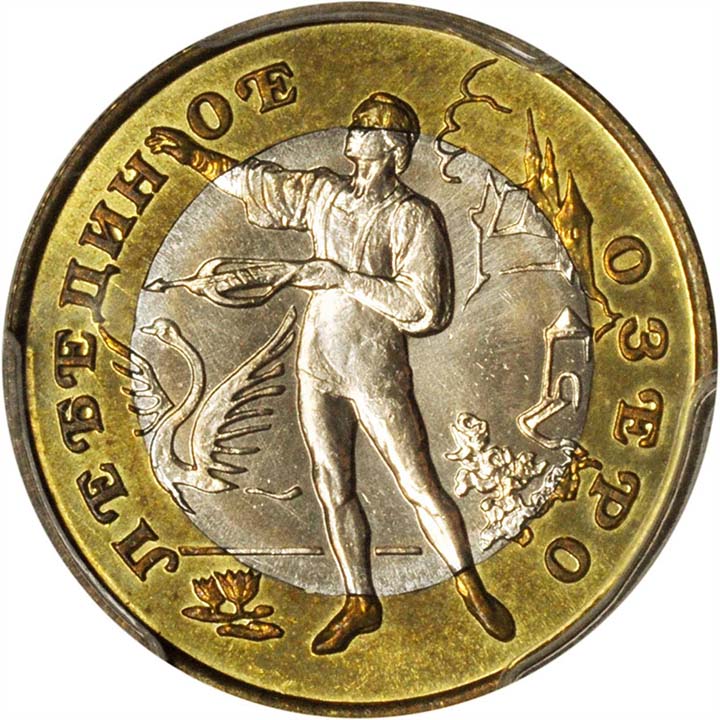
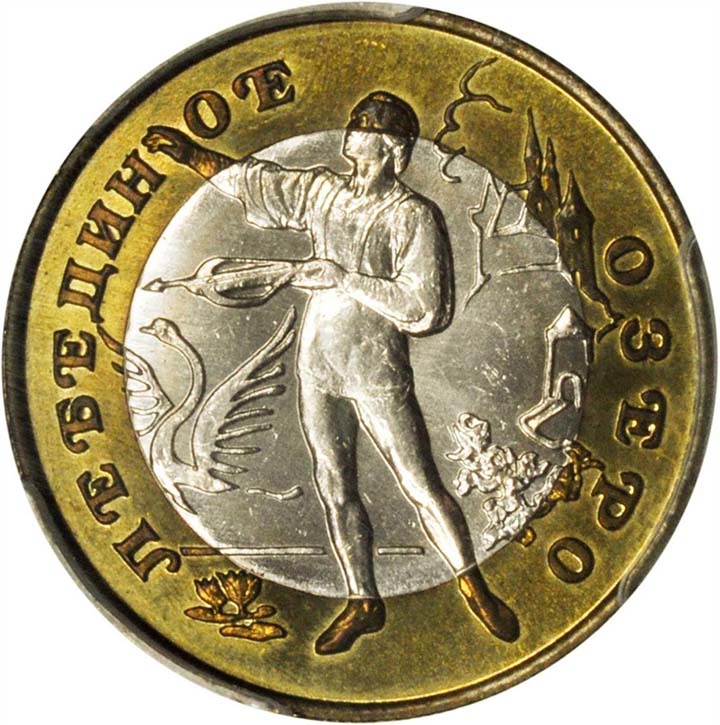
This is one of 3 known 1997 Russia 50 Roubles struck with two obverse dies and off-metal on a bi-metallic planchet weighing 4.7 grams. It should have been struck in gold and in proof, with an extremely low mintage of 1,500. The gold proof issue was struck at the St. Petersburg Mint. It is Y #572, 7.79 grams of .999 gold. It commemorates the ballet, Swan Lake. The obverse has a double-headed eagle and the reverse portrays Prince Siegfried with a swan.

Although recently a few small groups of Russian mint errors have surfaced struck with either two obverse dies, two reverse dies or muled with two denominations, these are on normal circulating coins from 2013-2017 involving the 1 Rouble, 5 Rouble and 10 Rouble denominations.
This doesn't begin to compare to this coin, a 1997 Russia 50 Rouble struck with two obverse dies on a bi-metallic planchet instead of being struck in gold and in proof. This exceptionally rare type of mint error has occurred only five times in U.S. or World modern numismatic history where a coin was struck by either two obverse dies or two reverse dies and struck on an off-metal planchet.
In my NLG Award winning book, World's Greatest Mint Errors, I dedicated an entire chapter to two-headed and two-tailed mint errors. In 2001, I purchased a Canadian major mint error collection that included a few previously unknown types of mint errors. Included in this collection was a unique Canadian Cent (two-tailed) struck with two reverse dies. At the time this was thought to be an impossible mint error. My discovery of this unique Canadian two-tailed Cent was featured in a front page Coin World article.
The first set of Euro coins struck with two obverse or two reverse dies was also my discovery and was featured in Mint Error News Magazine. This was an amazing set of 6 Euro coins of different denominations struck with either two-obverse or two-reverse dies.
As unbelievable as it seems, here are the other times this type of mint error has occurred: a Chile 5 Pesos, a Chile 10 Pesos, a Great Britain Halfpenny and a 10 Cent Euro. The Chile 5 Pesos was struck with two reverse dies on a Ni-Brass 1 Peso planchet and was certified by PCGS and is unique. The Chile 10 Pesos was struck with two obverse dies on a Bolivian 10 Cent planchet and was certified by PCGS and is unique. The Great Britain Halfpenny was struck with two obverse dies on a copper nickel planchet and was certified by NGC and is unique. The 10 Cent Euro was struck with two reverse dies on a chrome plated iron planchet and is unique.


My original Canadian "Two-Tailed" Cent discovery was featured in Coin World:
Copyright story reprinted by permission from Page 1 and Page 8 of the October 1, 2001 issue of COIN WORLD, Sidney, OH (coinworld.com)
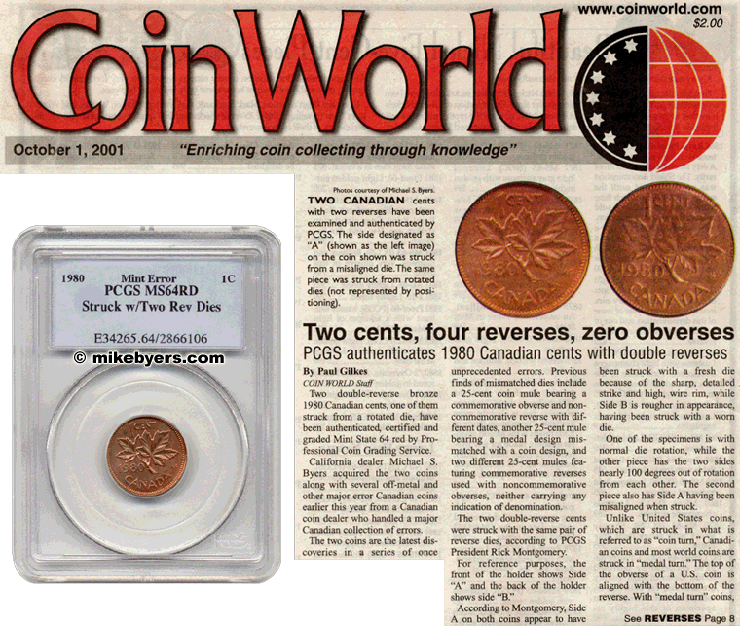
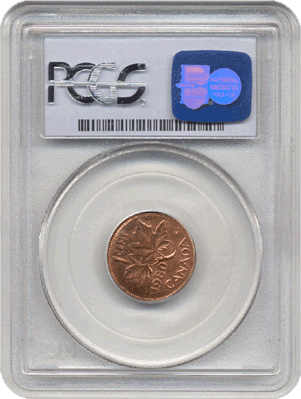

Here is the Two-Headed & Two-Tailed Euro Set I discovered that was featured on the cover of the second issue of Mint Error News Magazine and Chapter 27 of my book, World's Greatest Mint Errors:
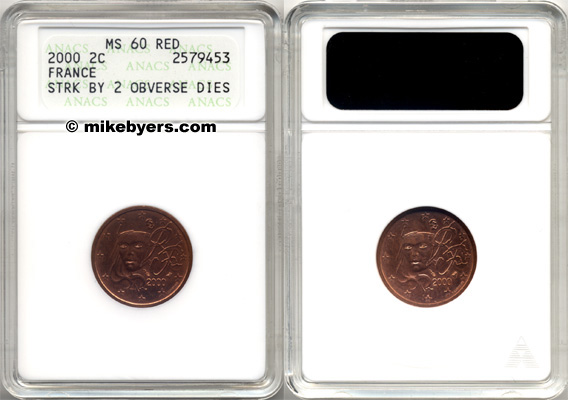
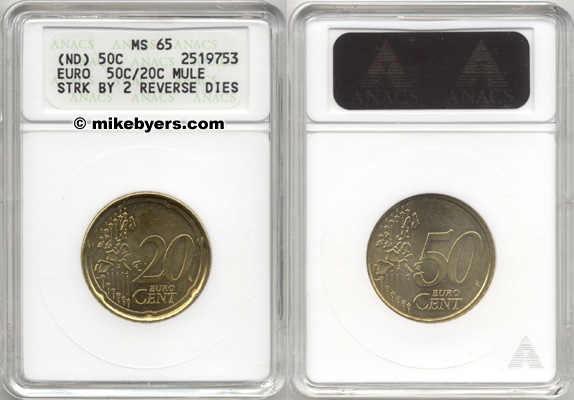
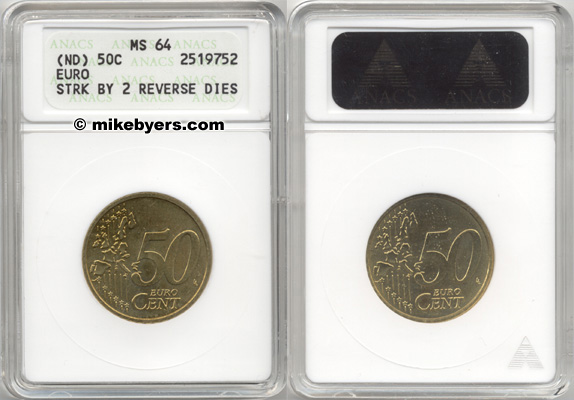

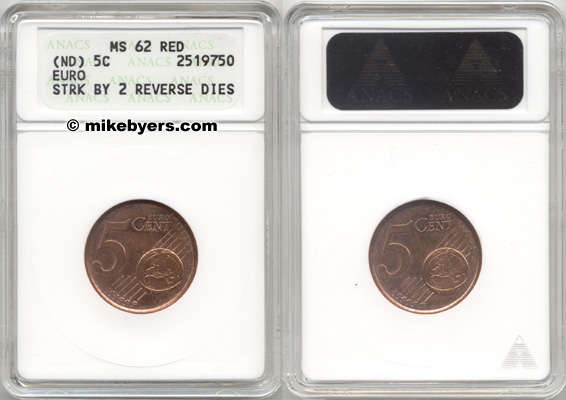
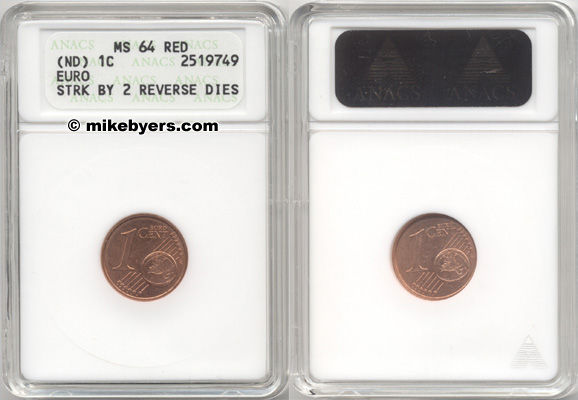
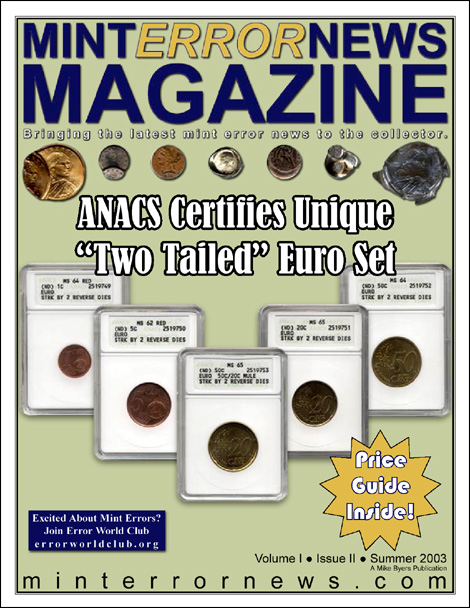
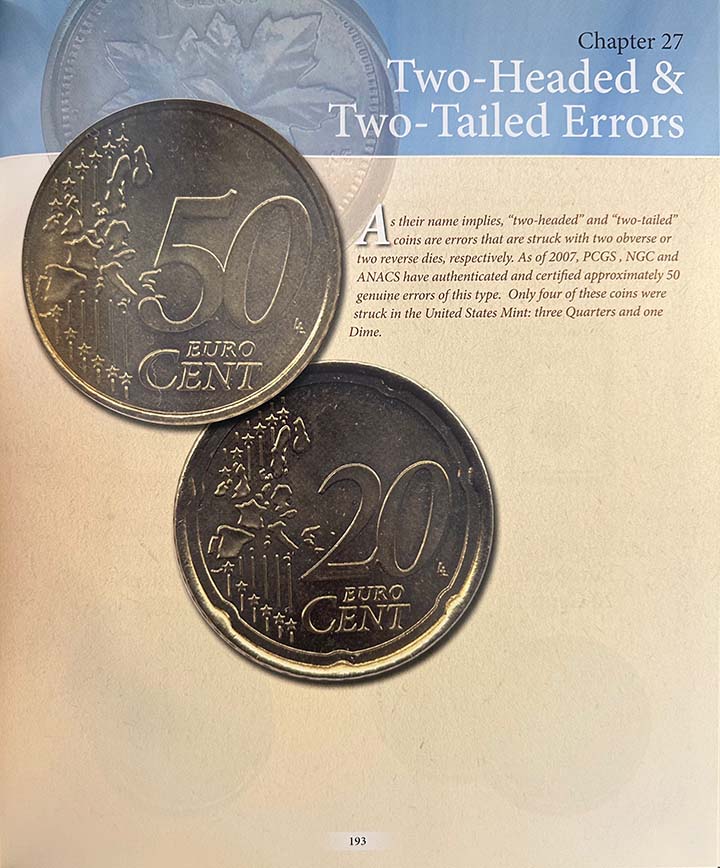
The Great Britain Halfpenny two-headed off-metal was featured in my NLG award winning book, World's Greatest Mint Errors and Mint Error News Magazine Issue 13:
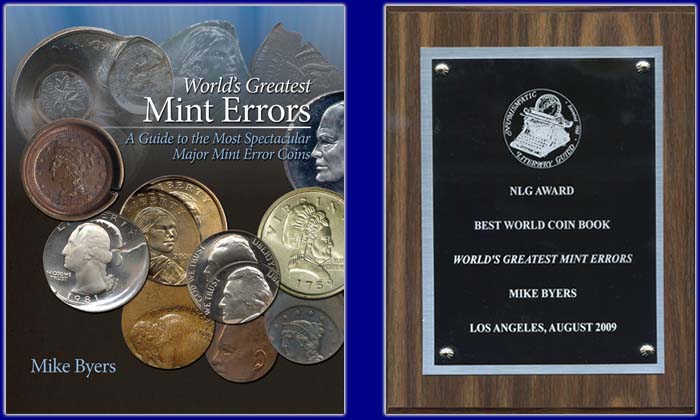
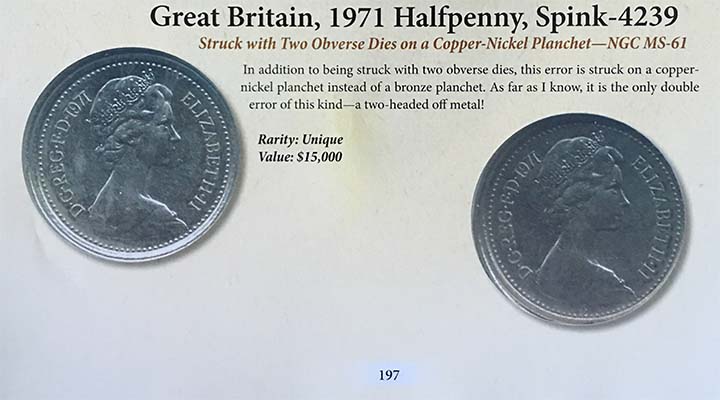
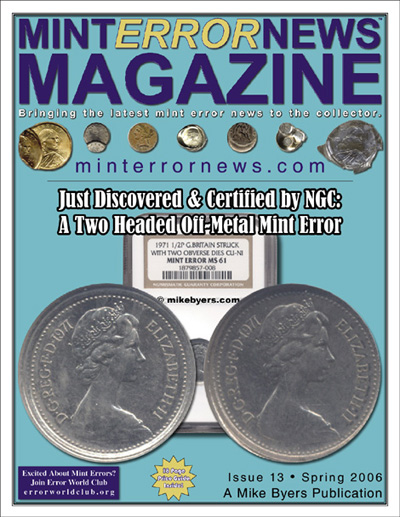
Here is the Chile 5 Pesos that was struck with two reverse dies on a Ni-Brass 1 Peso planchet:
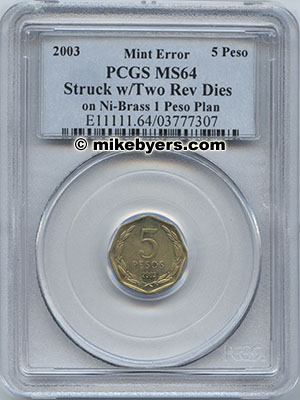
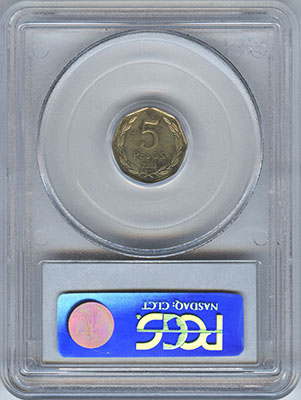
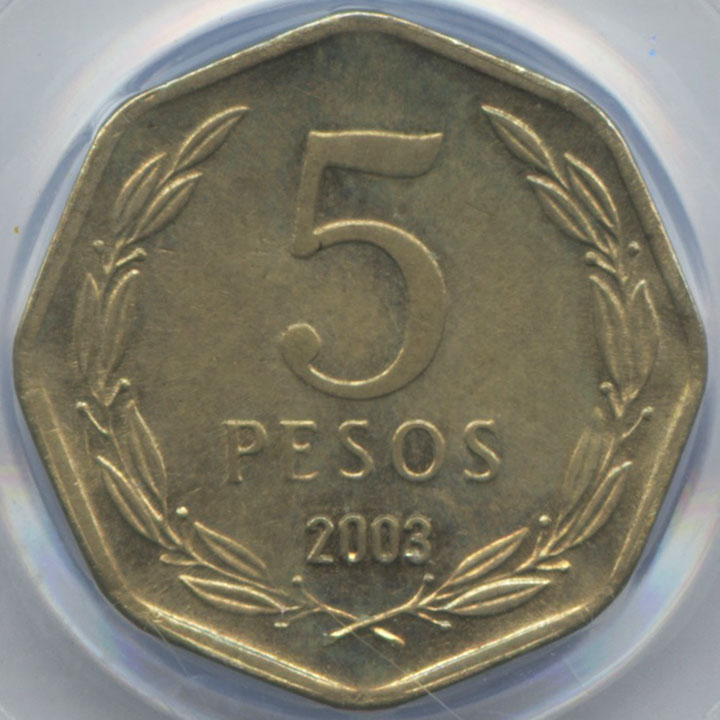
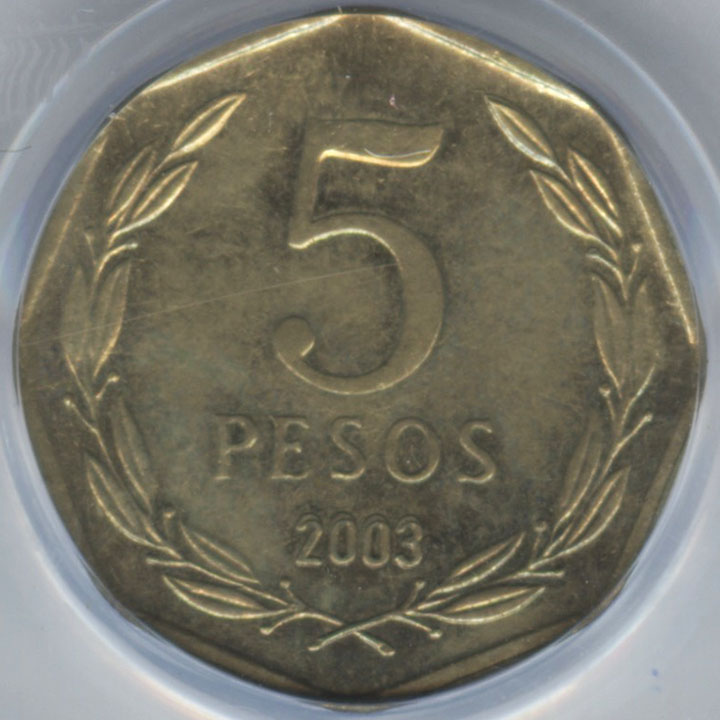
Here is the unique 10 Cent Euro that was struck with
two reverse dies on a chrome plated iron planchet:
